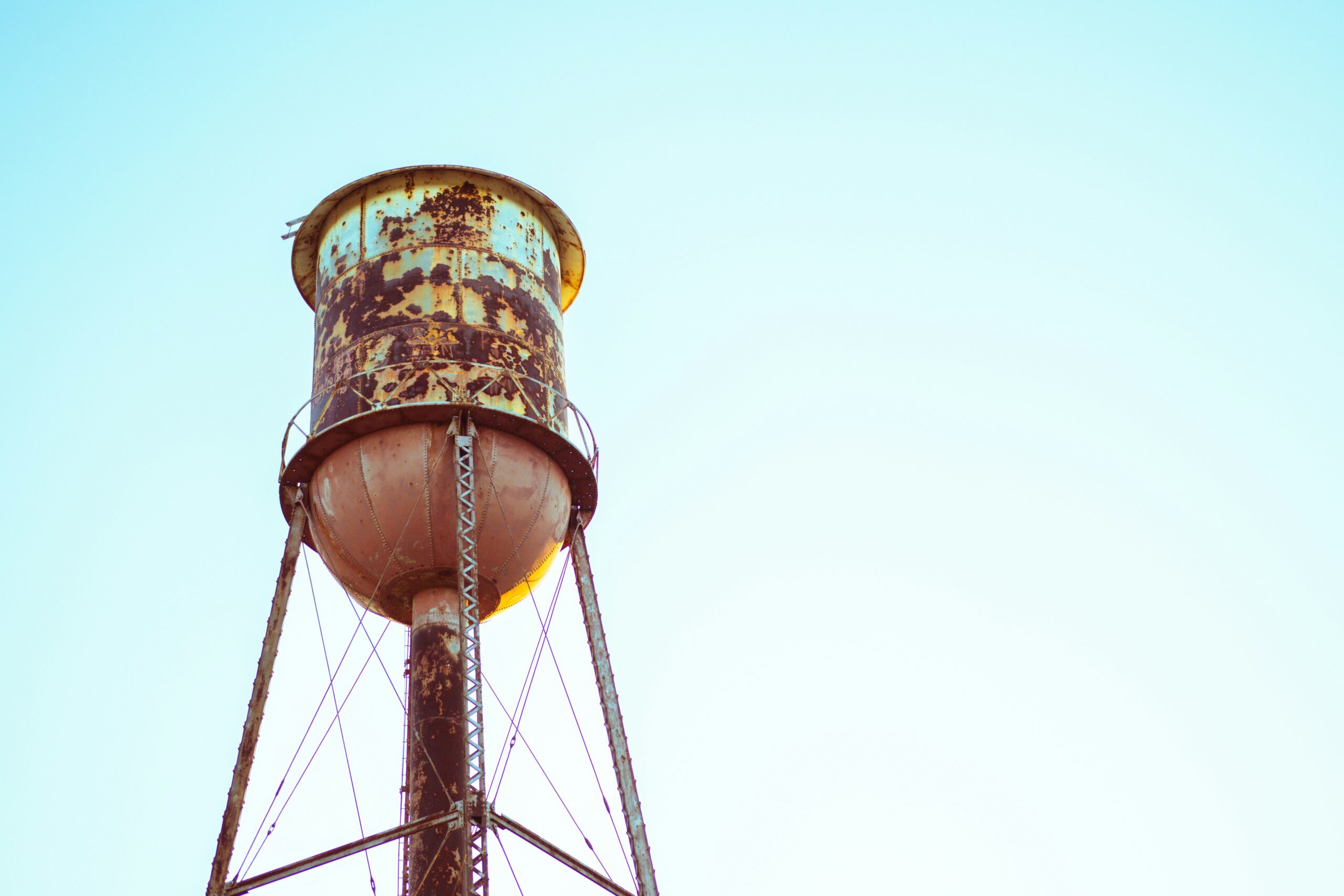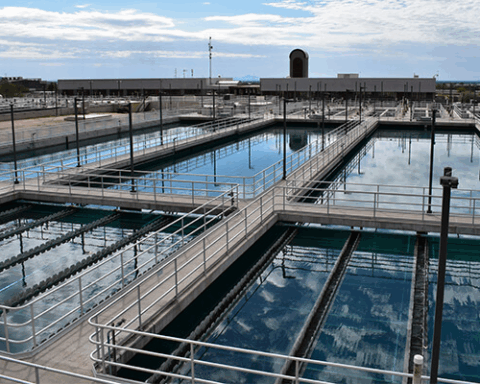Keeping America’s water clean comes with a high price tag. Two recent Environmental Protection Agency (EPA) studies have unveiled a staggering reality: America’s water infrastructure needs more than $1.2 trillion in investments over the next two decades, analysis from Pew Charitable Trusts found. This figure encompasses everything from updating aging pipes and treatment plants to stormwater management systems and lead service line replacements.
Earlier this year, the EPA’s Clean Watersheds Needs Survey identified $630.1 billion in needs for wastewater and stormwater infrastructure. Meanwhile, the Drinking Water Infrastructure Needs Survey and Assessment released toward the end of 2023 pinpointed an additional $625 billion required for drinking water systems.
Crumbling water infrastructure poses significant risks to public health, increasing the potential for contaminated drinking water and sewage overflows. Environmental concerns loom large as aging systems struggle to handle increased pressures from population growth and extreme weather. Moreover, the economic toll of failing water systems threatens to cascade across communities, impacting everything from property values to local businesses.
Top priorities identified for investment include the replacement of outdated wastewater treatment facilities, the upgrade of drinking water distribution networks, and the wholesale removal of lead service lines. The Drinking Water Infrastructure Needs Survey and Assessment estimates that 9.2 million lead service lines still snake through American communities, with replacement costs ranging from $50 billion to $80 billion.
California leads the pack with a staggering $83.5 billion in estimated needs over the next 20 years. Texas follows with $61.3 billion, while New York rounds out the top three with $35.1 billion. These three states alone account for nearly 30% of the total national drinking water infrastructure needs.
Meanwhile, rural areas grapple with unique challenges related to dispersed populations and limited resources. Small community water systems, serving populations of 3,300 or fewer, require an estimated $100.1 billion in improvements, representing 16% of the total need identified. Tribal water systems face their own steep climb, with American Indian water systems needing $3.2 billion and Alaska Native Village water systems requiring an additional $867.5 million.
While the federal government has stepped up with initiatives like the 2021 Infrastructure Investment and Jobs Act, which is set to deliver $50 billion to the EPA for water infrastructure projects, the sheer magnitude of the need means that state and local governments are also getting directly involved.
Government Market News has tracked three recent developments in state water infrastructure funding:
- Pennsylvania recently announced a $257.5 million investment to support 18 water infrastructure projects across the state. The funds, administered through the Pennsylvania Infrastructure Investment Authority, will tackle a range of issues from replacing century-old water mains to upgrading sewage treatment facilities.
- In Connecticut, a $300 million funding package approved by the State Bond Commission will primarily bolster the state’s Clean Water Fund. This infusion of capital will support projects such as preventing raw sewage overflows in New Haven and upgrading Bridgeport’s wastewater treatment facility.
- New York has greenlit $265 million for water infrastructure improvements, with a focus on lead service line inventories. The funding will enable 30 projects across the state, leveraging a mix of federal grants and state financing to make critical upgrades affordable for local communities.
In some states, the challenge of modernizing water infrastructure intersects with water shortages that are projected to become ever-more severe. In California, a recent report outlines strategies to manage future water shortages, including changes to groundwater management and conservation strategies. Meanwhile, Texas recently infused its Water Development Board with an additional $1 billion investment to distribute to communities across the state. That funding could go to fixing leaky pipes as well as developing new water supplies.
Photo by Matthew Ball on Unsplash













